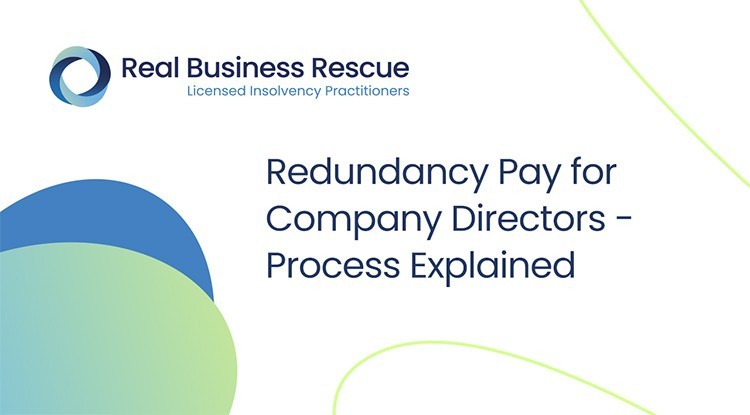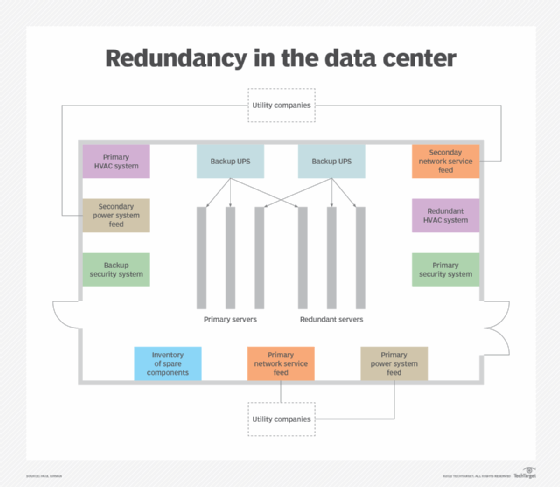Small Business Closing Employee Rights UK: What You Need to Know About Redundancy
Small Business Closing Employee Rights UK: What You Need to Know About Redundancy
Blog Article
Exploring the Interaction Between Business Redundancy and Business Flexibility for Future Growth
In the vibrant landscape of today's organization globe, the complex relationship between business redundancy and business adaptability arises as a crucial aspect for continual development and success. Firms commonly encounter the challenge of striking a fragile balance between maintaining a level of redundancy to alleviate threats and cultivating flexibility to react quickly to the ever-evolving market demands.
Relevance of Company Redundancy
Firm redundancy is an essential component that improves organizational resilience and mitigates functional dangers. By including redundancy procedures within the organizational structure, business can much better hold up against unexpected interruptions and variations in business environment. Redundancy works as a critical buffer, enabling companies to adjust and react properly to unexpected obstacles without compromising vital operations.
One secret element of the value of firm redundancy is its function in making sure connection during times of crisis. When faced with unexpected changes or emergency situations, redundant systems, resources, or workers can action in to preserve vital features and avoid widespread interruptions. This continuity not just safeguards the business's reputation and consumer trust fund but likewise decreases monetary losses and operational downtime.

Approaches for Organizational Versatility

An additional vital strategy is purchasing modern technology and infrastructure that can sustain versatility and scalability. Carrying out electronic devices, automation, and data analytics can streamline operations, enhance performance, and offer important insights for notified decision-making. Additionally, producing adaptable organizational frameworks that permit quick adjustments to market characteristics and customer requirements is important for staying competitive in a rapidly advancing environment. By proactively determining possible disruptions and possibilities, companies can proactively prosper and adjust in an ever-changing organization landscape.
Balancing Redundancy and Flexibility
Accomplishing an unified stability in between functional redundancy and organizational flexibility is vital in navigating the complexities of a vibrant service atmosphere. Redundancy within a company gives a security web, guaranteeing connection and security in operations. However, an unwanted of redundancy can cause inadequacies and hinder versatility to changing market problems. On the other hand, organizational adaptability permits companies to react promptly to outside disturbances and confiscate brand-new possibilities. Striking the right balance in between redundancy and adaptability is a fragile process that calls why not find out more for a deep understanding of the organization's goals, sector characteristics, and risk resistance.
To attain this equilibrium, business need to perform regular assessments of their procedures to recognize areas where redundancy is essential for risk reduction and where adaptability can drive advancement and growth. Executing versatile structures, fostering a culture of constant learning and enhancement, and motivating open interaction across all degrees of the company are key strategies to balance redundancy and versatility efficiently. By lining up these two essential components, firms can place themselves for sustainable growth and success in an ever-changing service landscape.
Study on Adaptation Success
In examining circumstances of effective business adjustment, it comes to be apparent that the interplay in between operational redundancy and versatility is a specifying consider shaping durable companies. One engaging study is that of Netflix. Originally a DVD rental service, Netflix demonstrated remarkable versatility by transitioning right into a streaming platform when digitalization interrupted the market. By tactically buying technology and web content development, Netflix not only endured yet thrived in a swiftly advancing market. An additional standout example is Amazon. Beginning as an on-line book shop, Amazon continuously adjusted its company model, broadening right into varied industries such as cloud computing and expert system. This adaptability permitted Amazon to stay in advance of competitors and satisfy transforming consumer needs. Finally, Adobe gives a noteworthy illustration of effective adaptation. The business shifted from offering software application licenses to a subscription-based design, ensuring repeating profits streams and improved customer interaction. These situation research studies emphasize the importance of functional redundancy combined with organizational versatility in promoting long-term development and competitiveness.
Building Durability for Future Development
Structure durability for future development needs a critical placement of functional processes with market dynamics and emerging trends. Companies should Going Here adjust to altering environments by promoting a culture of adaptability, advancement, and constant renovation.
Furthermore, promoting solid partnerships with stakeholders, such as clients, staff members, distributors, and the neighborhood, is important for weathering uncertainties and keeping trust fund and assistance during unstable times. Reliable interaction and openness play a crucial duty in building strength, as they aid help with and line up assumptions partnership in navigating uncertainties.
In addition, companies require to prioritize learning and development initiatives to upskill workers and equip them with the required tools to adapt to transforming conditions. internet By spending in their labor force, companies can improve their flexibility and dexterity, eventually enhancing their durability for sustainable future development.
Final Thought

In the vibrant landscape of today's company globe, the detailed partnership in between firm redundancy and business versatility emerges as a crucial variable for sustained growth and success. Firms typically deal with the challenge of striking a delicate balance in between maintaining a degree of redundancy to mitigate threats and fostering flexibility to respond swiftly to the ever-evolving market demands.To achieve this equilibrium, business require to perform routine analyses of their operations to determine locations where redundancy is needed for danger reduction and where adaptability can drive innovation and growth.In conclusion, the interaction between business redundancy and business flexibility is vital for future growth. Structure resilience via a combination of redundancy and versatility will certainly ensure that business are prepared for the challenges of the future.
Report this page